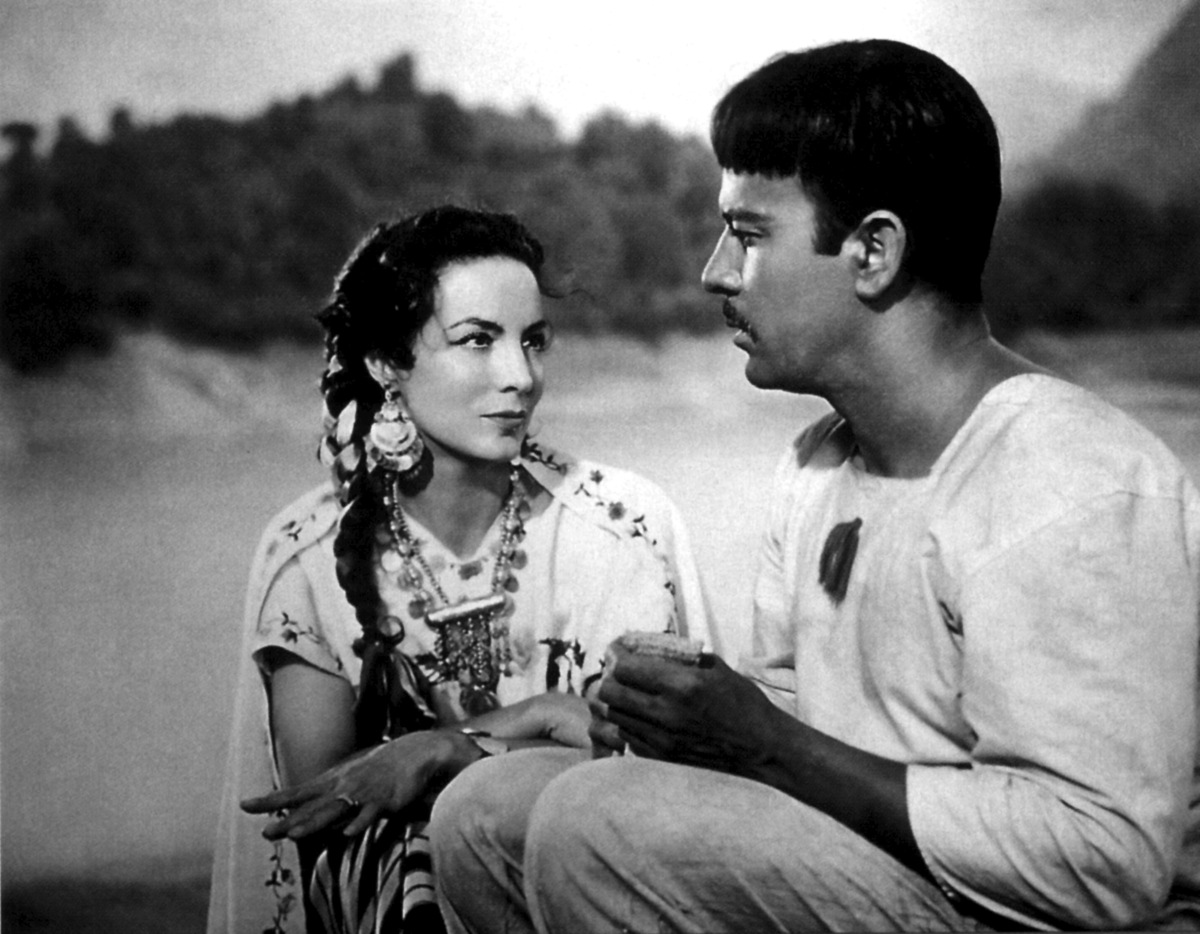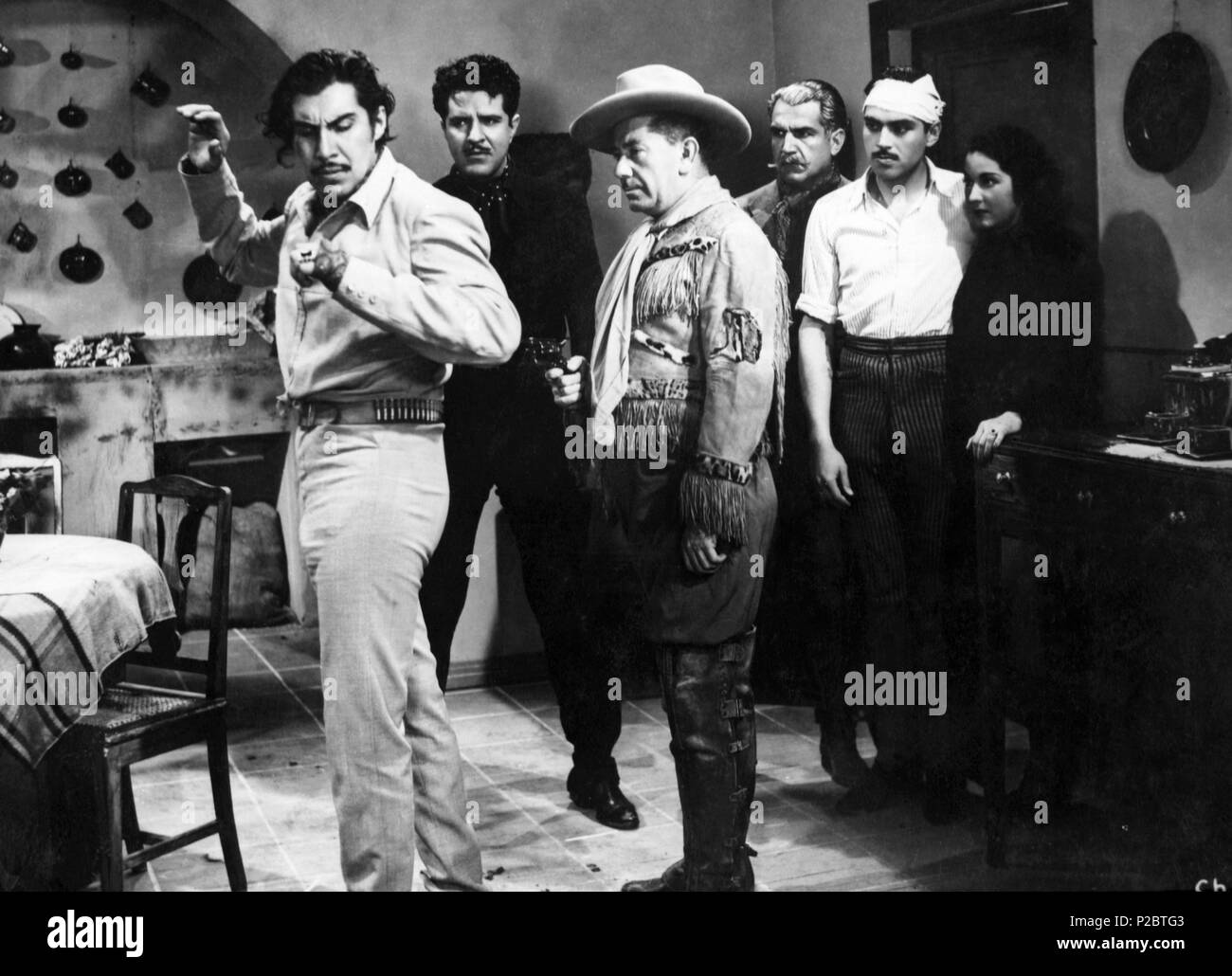
From a very early period, Mexican cinema has crafted compelling narratives throughout the years, with captivating stories that have managed to transcend borders. Mexican cinema has changed the way we perceive film from a wholly different perspective compared to how it is done in other parts of the world. It has explored all kinds of narratives, compositions, and more.

Mexican cinema began making many of its significant contributions during the Golden Age; from the 1930s to the 1950s, it marked a peak of creativity. Directors like Roberto Gavaldón, known for being the first Mexican film to be nominated for an Academy Award, crafted cinematic masterpieces. Icons such as María Félix and Pedro Infante became identified with the era's success, contributing to classics like “Rio Escondido" and "Nosotros los Pobres." This period also witnessed the emergence of renowned cinematographer Gabriel Figueroa, whose collaboration with Emilio Fernández produced visually stunning films. The Golden Age not only shaped Mexican cinema but left an indelible mark on global film history, showcasing compelling narratives and unforgettable performances.
Several of these films became classics. Many of the stories told during the films of this era resonate in the lives of many Mexicans and have created a global perception of Mexico’s standing on the global stage, even today.
Mexicans seek to create art by exploring and confronting various themes such as political situations, social problems, injustice, crime, family situations in different contexts, love stories, pride, freedom, and peace. Over the years, many directors have decided to implement genres, perhaps born in other parts of the world, leading Mexico to explore different narratives in its films, such as magical realism, the Renaissance, drama, and different nuances that contrast the genre and narrative of this art in the Mexican region.

During the contemporary age of Mexican cinema, a new wave of filmmakers and actors has ushered in a vibrant era of storytelling. Directors like Guillermo del Toro, known for his extraordinary work in "The Shape of Water," have achieved global acclaim. Alfonso Cuarón's masterpieces such as “Gravity” and "Roma" garnered international recognition and won multiple awards, showcasing Mexico's cinematic prowess. Talented actors like Gael García Bernal and Diego Luna have become global stars, contributing to the success of films like "Y Tu Mamá También." This era embraces diverse genres and narratives, reflecting an evolving Mexican film landscape on the international stage.

Mexican cinema makes a significant contribution to global film, demonstrating that ingenuity and storytelling discernment are intrinsic qualities in all Mexican creators, artists, and filmmakers. This creative legacy spans from the early stages of Mexican cinema to the contemporary works of today, leaving a lasting mark on the world stage. It not only resonates deeply with the hearts and emotions of Mexicans but also captivates audiences worldwide. This enduring and enriched cinematic heritage portrays Mexico as a cultural powerhouse, where each narrative, each frame, contributes to a tapestry of artistic excellence that transcends borders and stands as a testament to the enduring impact of Mexican cinema on the international film landscape.
Share This Post On
0 comments
Leave a comment
You need to login to leave a comment. Log-in


